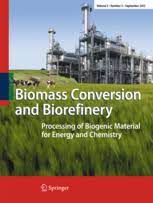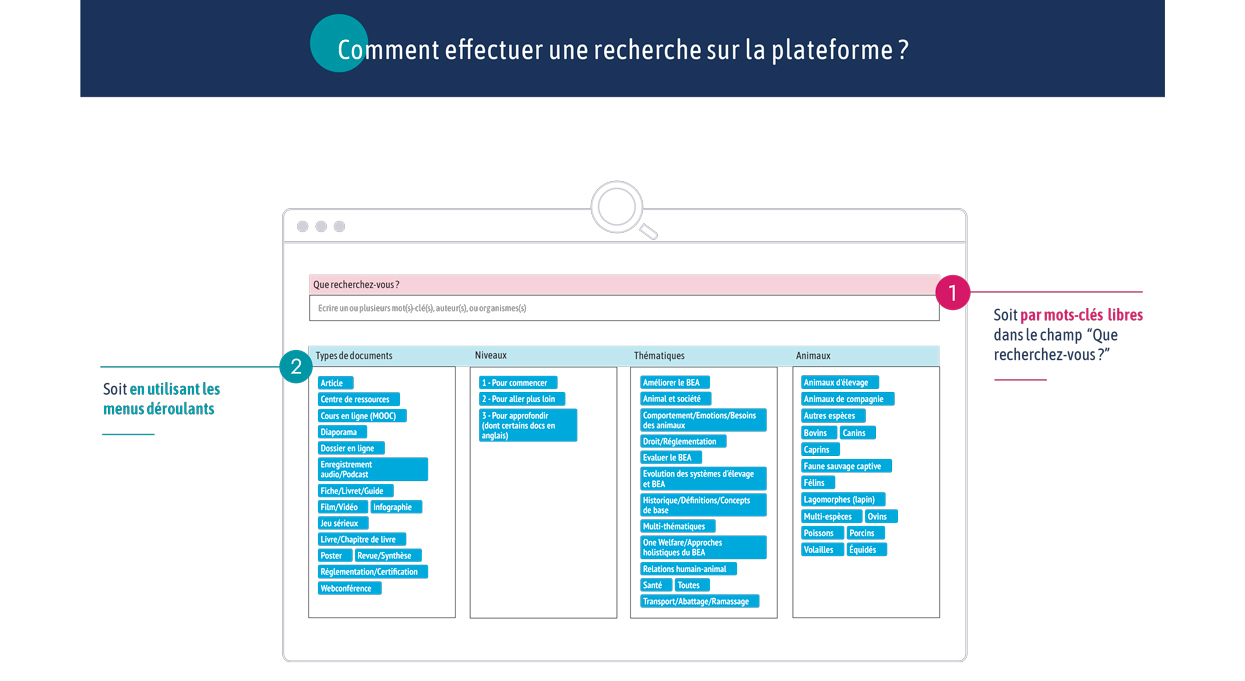Type de document : Revue scientifique publiée dans Biomass Conversion and Biorefinery
Auteurs : A. Zimmermann, C. Visscher, M. Kaltschmitt
Résumé en français (traduction) : Les fructanes d’origine végétale pour améliorer le bien-être animal : processus d’approvisionnement et défis restants
Les fructanes sont des glucides constitués de monomères de fructose liés par des liaisons β-2,1- et/ou β-2,6-glycosidiques à structure linéaire ou ramifiée. Ces glucides appartiennent au groupe des fibres alimentaires prébiotiques ayant un potentiel de promotion de la santé pour les humains et les mammifères en raison de leur indigestibilité et de la stimulation sélective des micro-organismes dans le tractus gastro-intestinal. C’est ce qui rend les fructanes intéressants principalement pour les applications en matière d’alimentation saine et d’alimentation animale. En raison de la sensibilisation croissante du public au bien-être des animaux, les fibres alimentaires et donc les fructanes sont au centre de l’attention en tant qu’aliments riches en fibres améliorant non seulement la santé des animaux mais aussi leur bien-être. Dans ce contexte, cet article résume les effets connus des fructanes en se concentrant sur les porcs et met en évidence l’état de l’art dans les processus de production de fructanes à partir de matériel végétal ainsi que certaines lignes de recherche actuelles. En outre, une tentative est faite pour évaluer le potentiel de la production européenne de fructanes pour une application en alimentation animale. Sur cette base, les défis dans le domaine de la production de fructanes sont abordés et des substrats alternatifs pour les fructanes sont discutés et signalés.
Résumé en anglais (original) : Fructans are carbohydrates consisting of fructose monomers linked by β-2,1- and/or β-2,6-glycosidic bonds with linear or branched structure. These carbohydrates belong to the group of prebiotic dietary fibre with health-promoting potential for humans and mammals due to their indigestibility and selective stimulation of microorganisms in the gastrointestinal tract. This makes fructans interesting mainly for healthy food as well as animal feed applications. As a consequence of a growing public awareness for animal welfare, dietary fibre and thus fructans move into the focus as a fibre-rich feeding improving not only animals’ health but also their well-being. Against this background, this paper summarises the known effects of fructans focusing on pigs and highlights the state of the art in fructan production processes from plant material as well as selected current research lines. Additionally, an attempt is made to assess the potential of European fructan production for an application as animal feed. Based on this, challenges in the field of fructan production are addressed and alternative substrates for fructans are discussed and pointed out.







